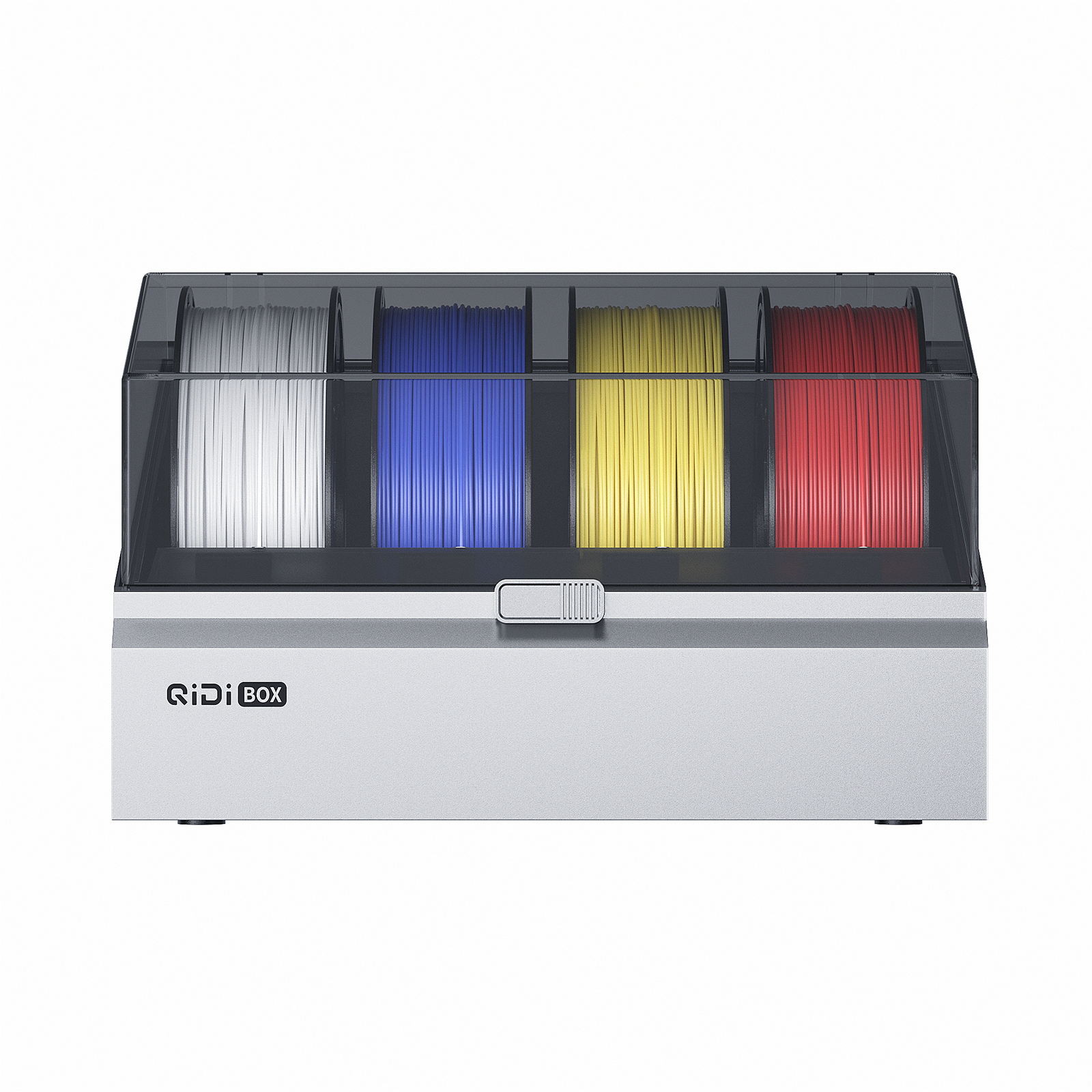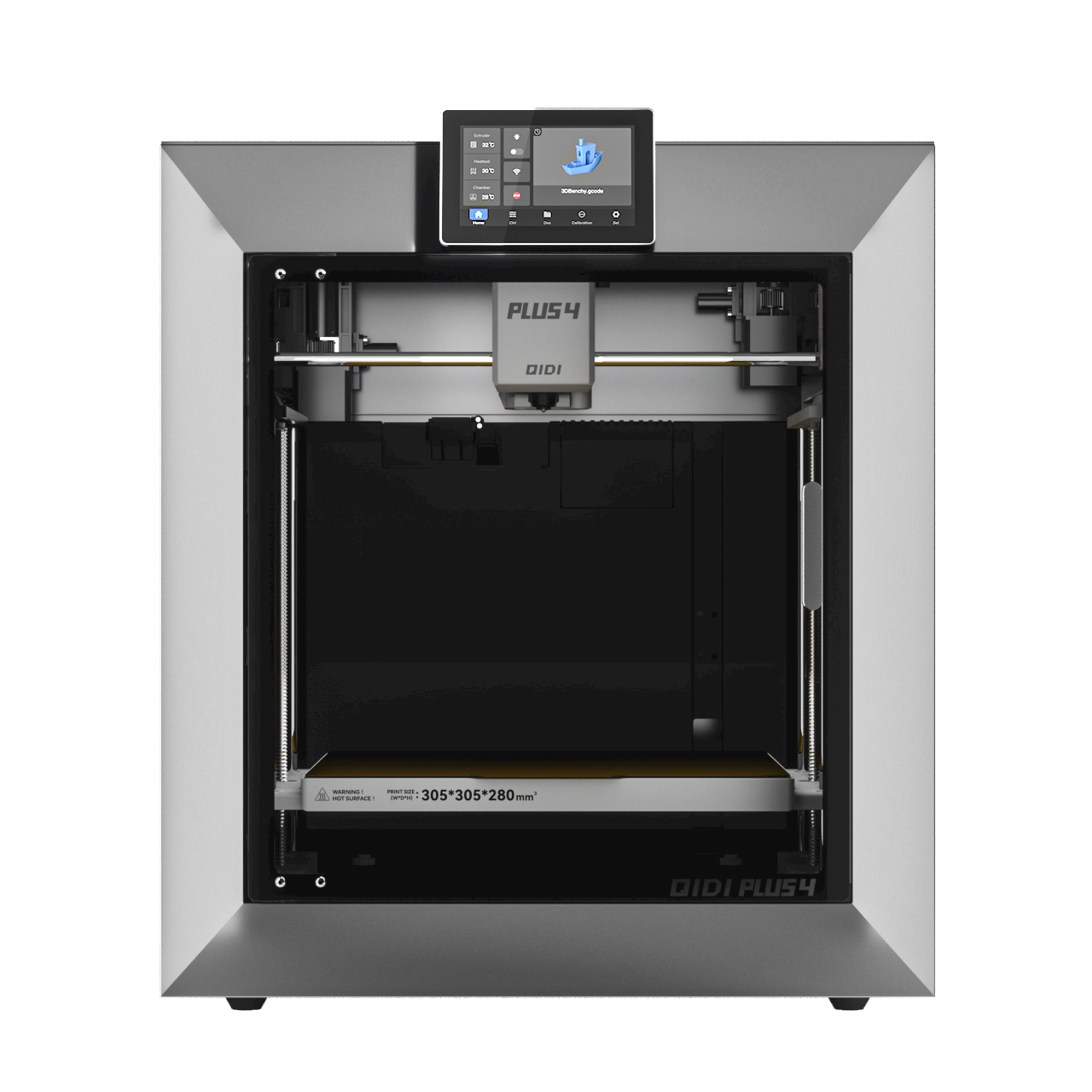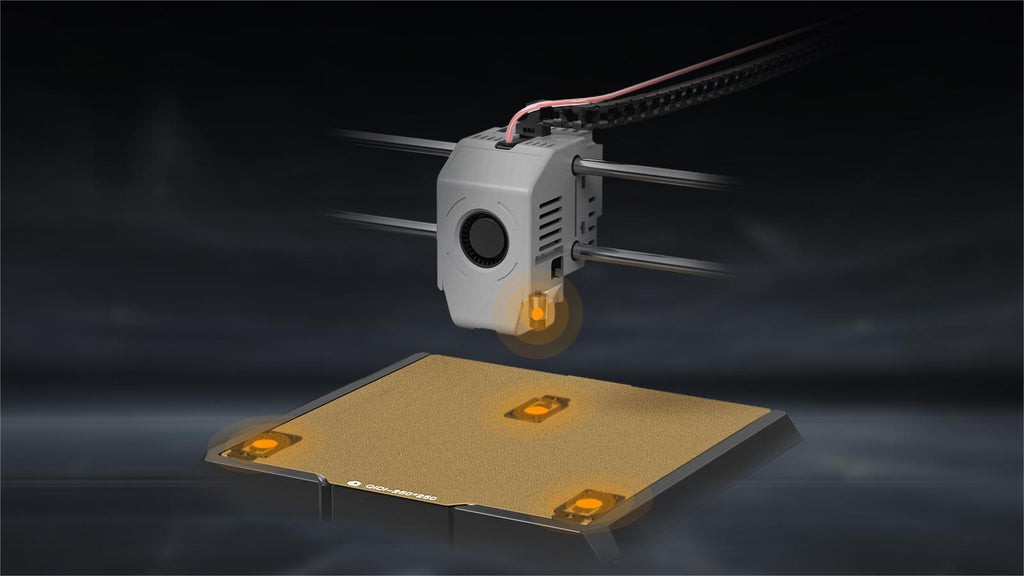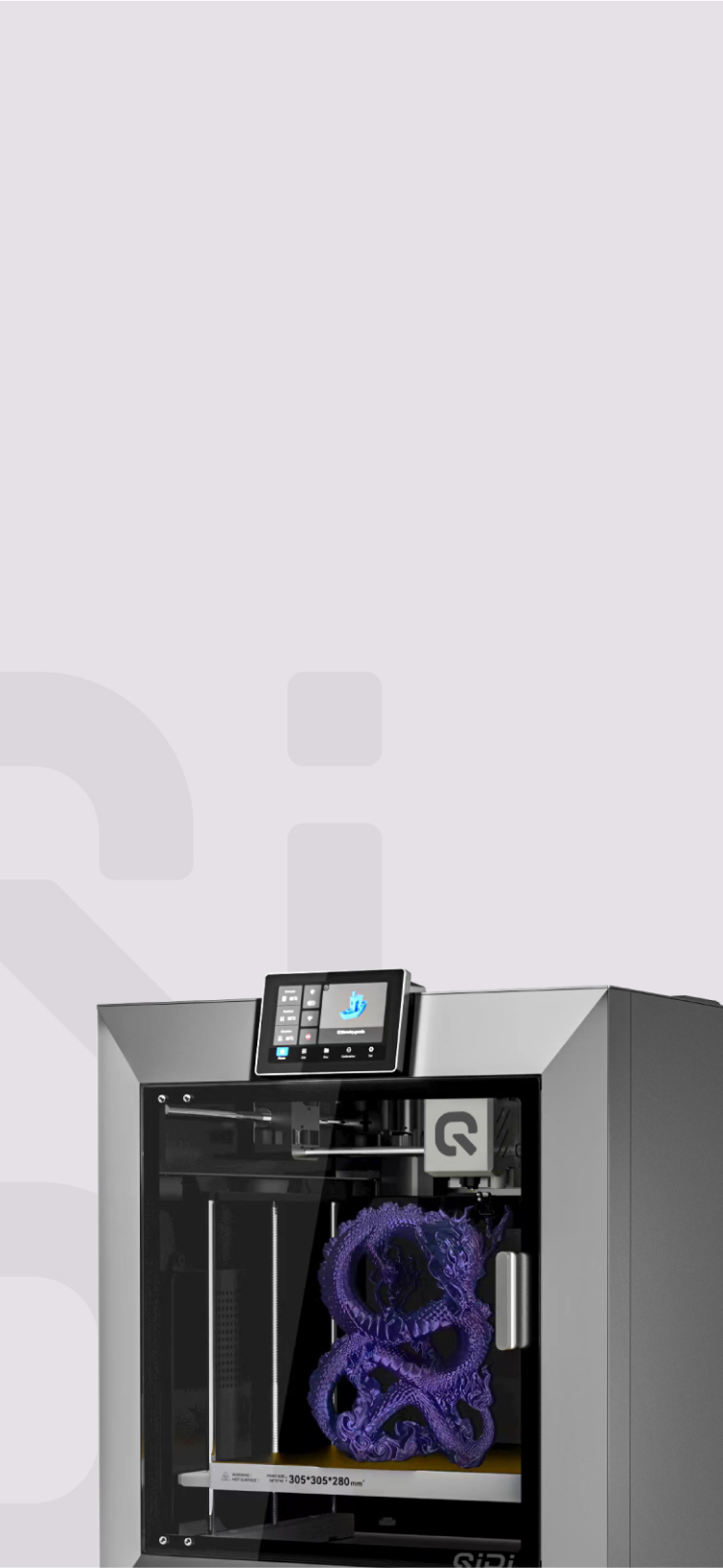So recyceln Sie Ihre fehlgeschlagenen 3D -Drucke

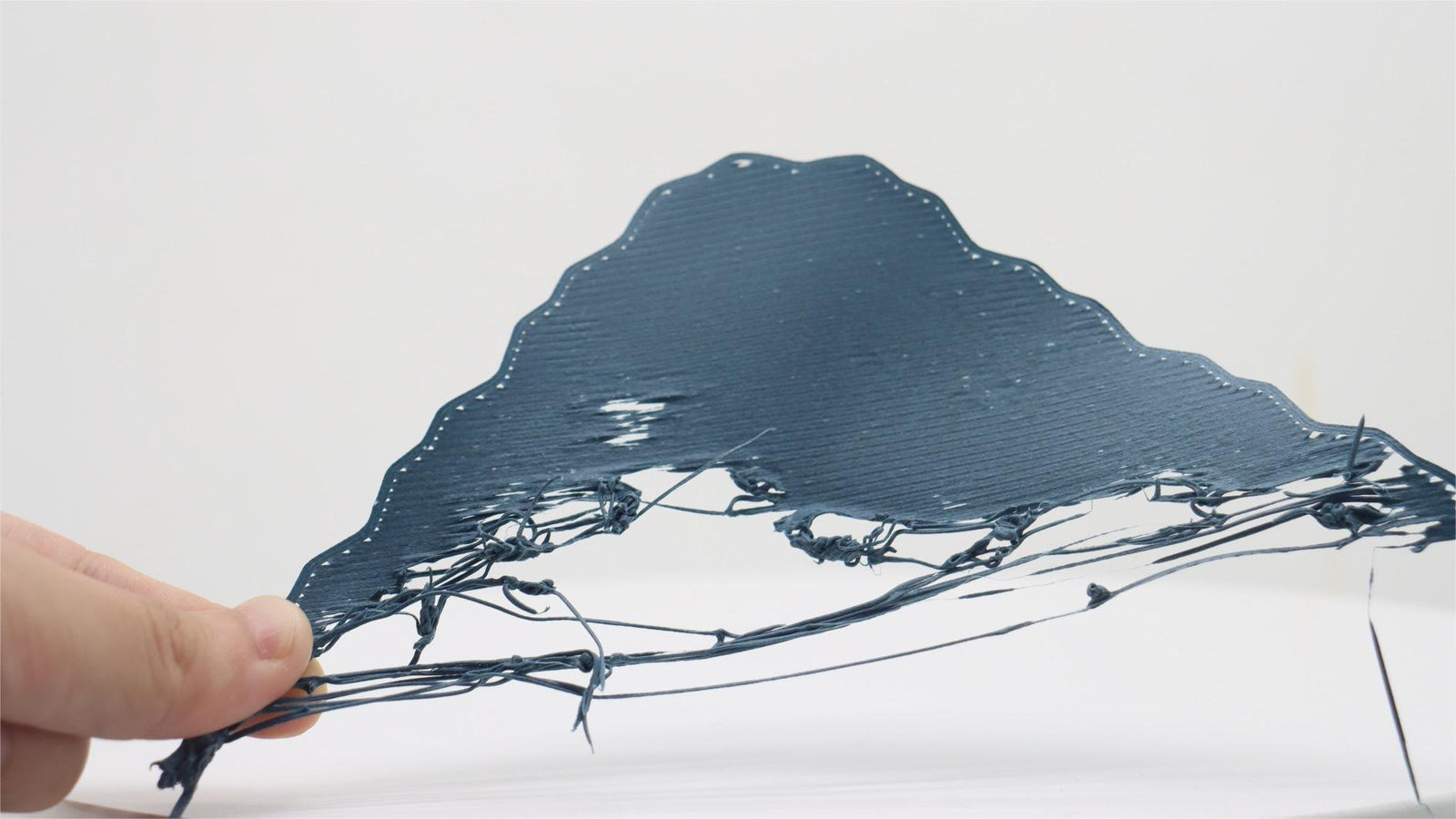
3D-Druck ist eine spannende Technologie Dadurch können wir schnell Prototypen erstellen und bei Bedarf benutzerdefinierte Objekte erstellen. Wie bei jedem Herstellungsprozess sind jedoch Fehldrucke unvermeidlich. Diese Ausschussdrucke können sich anhäufen und die Umwelt schädigen, wenn sie nicht ordnungsgemäß entsorgt werden.
Die gute Nachricht ist, dass fehlgeschlagene 3D-Drucke nicht verschwendet werden müssen. Mit etwas Kreativität können Sie daraus etwas Neues machen. Lesen Sie weiter, um zu erfahren, wie Sie häufige 3D-Druckfehler erkennen, Abfall reduzieren und Ihre Fehldrucke verantwortungsvoll recyceln.
Erkennen häufiger 3D-Druckfehler
Bevor wir uns mit Recyclingtechniken befassen, ist es wichtig zu verstehen, die häufigsten Arten von 3D-Druckfehlern. Einige davon sind:
- Schichtverschiebung: Wenn die Druckschichten nicht richtig ausgerichtet sind, führt dies zu einem ungleichmäßigen oder gezackten Erscheinungsbild.
- Bespannung: Dünne, hauchdünne Filamentstränge, die zwischen verschiedenen Teilen des Drucks erscheinen.
- Verziehen: Wenn sich die Ränder des Drucks von der Bauplatte abheben und so eine gekrümmte oder verzerrte Form entsteht.
- Unterextrusion: Es wird nicht genügend Material extrudiert, was zu Lücken, dünnen Schichten oder einem brüchigen Druck führt.
Durch die Identifizierung dieser Probleme können Sie Ihre Druckereinstellungen optimieren und die zukünftige Druckqualität verbessern.
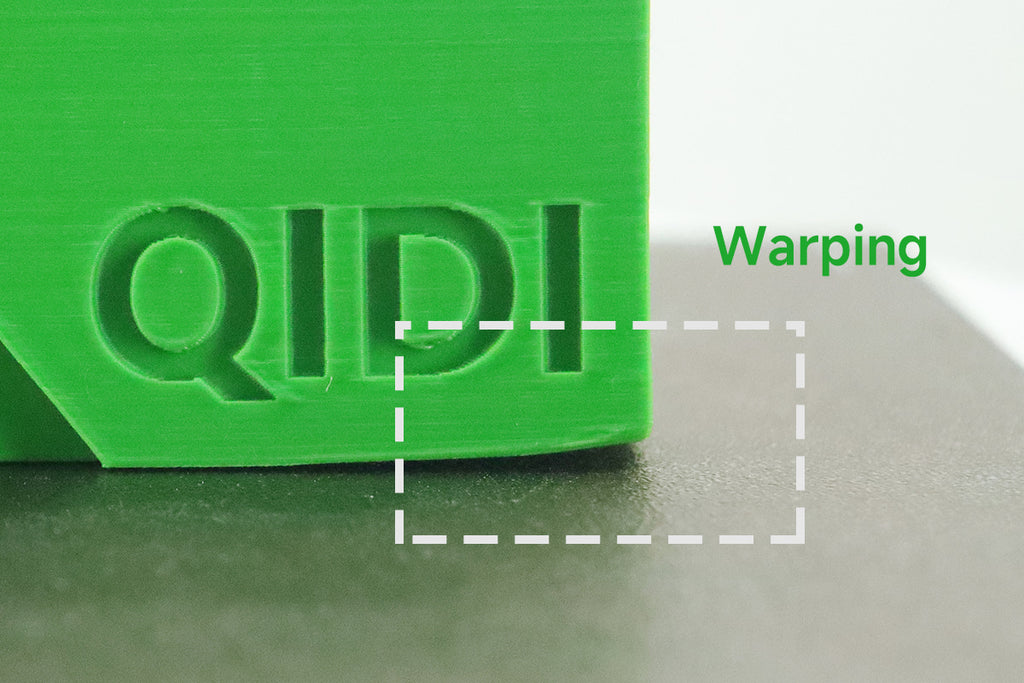
Umweltauswirkungen von 3D-Druckabfällen
Der 3D-Druck bietet zwar zahlreiche Vorteile, wie etwa schnelles Prototyping und individuelle Anpassung, erzeugt dabei aber auch eine beträchtliche Menge an Plastikmüll. Die meisten 3D-Druckfilamente bestehen aus erdölbasierten Kunststoffen wie ABS und PLA, die Es dauert Jahrhunderte, bis es sich zersetzt auf Mülldeponien.
Darüber hinaus ist der Energieverbrauch von 3D-Drucker und die Produktion von Filamenten trägt zu Treibhausgasemissionen bei. Durch das Recycling Ihrer fehlerhaften Drucke können Sie Ihren ökologischen Fußabdruck minimieren und Ressourcen schonen.
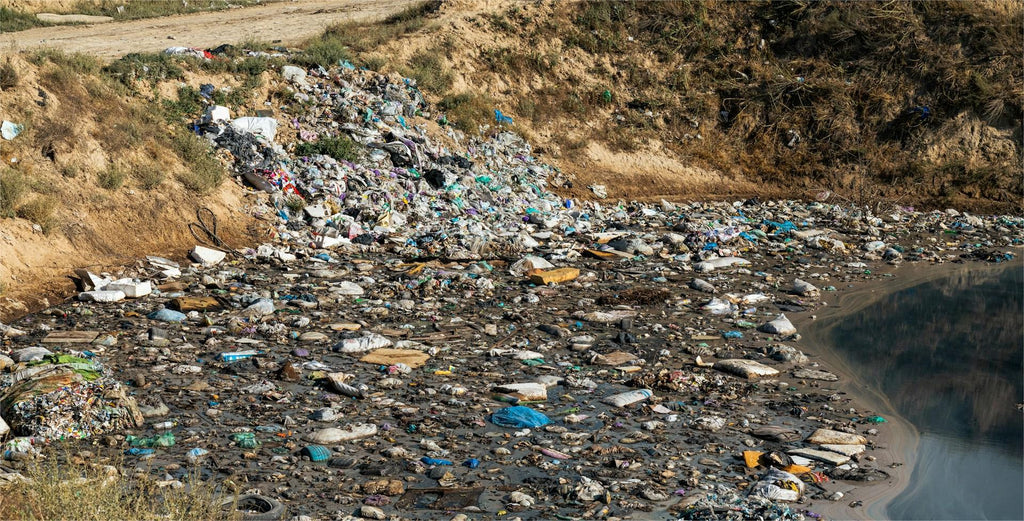
Schritte zur Vorbereitung fehlgeschlagener 3D-Drucke für das Recycling
Bevor Sie Ihre Fehldrucke recyceln können, müssen Sie sie entsprechend vorbereiten. Gehen Sie dazu folgendermaßen vor:
- Entfernen Sie mit einer Zange oder einem Bastelmesser alle Stützmaterialien oder Rafts vom Druck.
- Schneiden Sie den Druck mit einer Schere oder Säge in kleinere Stücke. So können Sie ihn leichter in eine Recyclingmaschine oder einen Zerkleinerer geben.
- Sortieren Sie die Teile nach Materialart (e.g., ABS, PLA, PETG), um ein ordnungsgemäßes Recycling zu gewährleisten.
- Reinigen Sie die Teile gründlich, um Staub, Schmutz oder Öle zu entfernen, die den Recyclingprozess beeinträchtigen könnten.
Recyclingmethoden für 3D-Druckmaterialien zu Hause
Wenn Sie eine kleine Menge fehlgeschlagener Ausdrucke haben, können Sie versuchen, diese zu Hause mit den folgenden Techniken zu recyceln:
Mahlen und Extrudieren
Eine Möglichkeit, misslungene Drucke zu recyceln, besteht darin, sie mit einem Mixer oder einer Kaffeemühle in kleine Stücke zu zermahlen. Anschließend können Sie den zermahlenen Kunststoff mit einem Filamentextruder extrudieren, um neues Filament für den Druck zu erzeugen. Beachten Sie, dass die Qualität des recycelten Filaments möglicherweise nicht so hoch ist wie die von Neumaterial.
Formen und Guss
Eine weitere Möglichkeit besteht darin, die misslungenen Drucke einzuschmelzen und den geschmolzenen Kunststoff in Silikonformen zu gießen, um neue Objekte zu erstellen. Diese Technik eignet sich gut für die Herstellung kleiner, dekorativer Gegenstände wie Schmuck oder Figuren.
Upcycling
Wenn Sie kreativ sind, können Sie Ihre misslungenen Drucke in neue funktionale oder künstlerische Objekte umwandeln. Sie können zum Beispiel Teile zu einer Skulptur zusammenkleben oder sie als Drainage für eine Topfpflanze verwenden.

Sicherheitstipps für misslungenes Print-Upcycling
Bei der Arbeit mit Fehldrucken ist die Sicherheit oberste Priorität. Hier sind einige Tipps, die Sie beachten sollten:
- Tragen Sie beim Schleifen oder Schmelzen von Kunststoff Schutzausrüstung wie Handschuhe, Schutzbrille und Staubmaske.
- Arbeiten Sie in einem gut belüfteten Bereich, um das Einatmen von Dämpfen aus geschmolzenem Kunststoff zu vermeiden.
- Seien Sie beim Umgang mit heißem, geschmolzenem Kunststoff vorsichtig, um Verbrennungen zu vermeiden.
- Halten Sie brennbare Materialien von Wärmequellen fern, die zum Schmelzen von Kunststoff verwendet werden.
Weiterführende Literatur: Wie werde ich den Geruch in meinem 3D-Drucker los?
Best Practices zur Reduzierung von 3D-Druckfehlern
Recycling ist zwar wichtig, aber noch besser ist es, Fehldrucke von vornherein zu minimieren. Hier sind einige bewährte Methoden zur Verbesserung Ihrer Druckerfolgsquote:
- Kalibrieren Sie Ihren Drucker regelmäßig, um genaue Einstellungen sicherzustellen.
- Verwenden hochwertiges Filament von namhaften Marken.
- Wählen Sie die entsprechenden Druckeinstellungen für Ihr Filamenttyp und Modell.
- Richten Sie Ihre Bauplatte richtig aus und verwenden Sie Hafthilfen wie Kleber oder Klebeband. Verwenden Sie ggf. 3D-Drucker mit automatischer Nivellierung um das Druckerlebnis zu verbessern.
- Überwachen Sie Ihre Ausdrucke genau und nehmen Sie bei Bedarf Anpassungen vor.
Durch Befolgen dieser Richtlinien können Sie die Anzahl der von Ihnen generierten Fehldrucke reduzieren und Zeit und Ressourcen sparen.
Recycling ist besser als Verschwendung
Das Recycling Ihrer misslungenen 3D-Drucke ist eine einfache und effektive Möglichkeit, Abfall zu reduzieren, Ressourcen zu schonen und die Umweltbelastung zu minimieren. Indem Sie häufige Druckfehler identifizieren, Ihre Drucke für das Recycling vorbereiten und Recyclingtechniken für zu Hause ausprobieren, können Sie Ihren erfolglosen Versuchen neues Leben einhauchen.
Achten Sie beim Umgang mit Fehldrucken und beim Recycling auf die Sicherheit und versuchen Sie, Fehler von vornherein zu minimieren, indem Sie bewährte Verfahren für den 3D-Druck befolgen. Mit ein wenig Aufwand und Kreativität können Sie Ihre Fehldrucke in funktionale, schöne und nachhaltige Kreationen verwandeln.
Häufig gestellte Fragen zum Recycling fehlgeschlagener Drucke
Kann ich Fehldrucke aus unterschiedlichen Materialien gemeinsam recyceln?
Nein, es ist wichtig, Ihre fehlerhaften Drucke nach Materialart zu sortieren, um sicherzustellen, dass sie ordnungsgemäß recycelt werden. Das Mischen verschiedener Kunststoffe kann den Recyclingprozess verunreinigen.
Wie klein sollte ich meine Fehldrucke zum Recycling schneiden?
Streben Sie Stücke an, die ungefähr 1-2 Zoll in der Größe. Dadurch lassen sie sich leichter in eine Recyclingmaschine oder einen Zerkleinerer einführen.
Kann ich recyceltes Filament in jedem 3D-Drucker verwenden?
Recyceltes Filament weist möglicherweise nicht die gleiche Qualität und Konsistenz wie Neumaterial auf. Verwenden Sie es daher am besten in einem für Experimente kalibrierten Drucker. Manche Drucker können mit recyceltem Filament leichter verstopfen oder blockieren.
Wie kann ich Fehldrucke entsorgen, die nicht recycelt werden können?
Wenn Ihre Drucke zu beschädigt oder verunreinigt sind, um sie zu recyceln, können Sie sie im Hausmüll entsorgen. Erkundigen Sie sich jedoch am besten bei Ihrem örtlichen Entsorgungsunternehmen, ob es spezielle Richtlinien für die Entsorgung von 3D-Druckabfällen gibt.


 Q2
Q2
